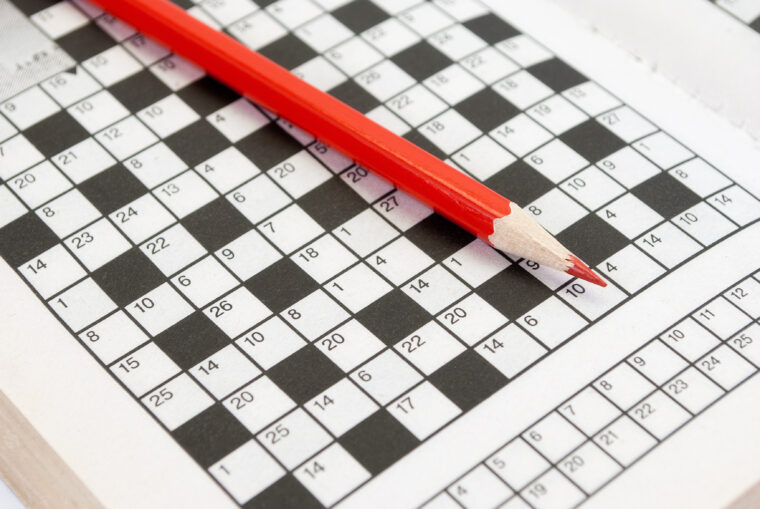Traditional ways of teaching may not work well for some children who have trouble with reading and learning.

In recent years, game-based learning has emerged as an effective and engaging alternative to traditional approaches. One standout example is the Picture Crossword Puzzle game,
Objective of the Game
Picture Crossword Puzzle is a delightful twist on the traditional crossword puzzle. Instead of relying on textual clues, this game presents children with images, requiring them to find the corresponding word. The primary objective of this game is to associate words with images, enhancing memory and recall skills. This leads to strengthening your child’s vocabulary while improving their problem-solving abilities.
Game Mechanics
The game starts with a grid like a crossword puzzle, but it has pictures instead of words. Players see an image and have to find the word that goes with it.
Difficulty Levels
One of the significant advantages of Picture Crossword Puzzle is its adaptability. This game is designed to cater to children with a wide range of abilities and learning challenges. If your child is a beginner, start the puzzles with simple words and smaller grids. This ensures a gentle learning curve. As your child gains confidence, they can progress to more complex puzzles. This flexibility makes the game accessible for all children with reading and learning difficulties, allowing them to learn at their own pace.
The Impact of Picture Crossword Puzzle on Learning
Studies show that playing games can help children learn, especially those with learning difficulties. Picture Crossword Puzzle is one game that has been proven to help children learn things better.
Here are 5 ways it impacts the learning process:
- Enhanced Word Recognition: The game encourages your child to actively engage with words, reinforcing their ability to recognize and remember words more effectively.
- Improved Vocabulary: By associating words with images, your child can expand their vocabulary in a fun and memorable way.
- Enhanced Memory and Recall: The visual cues provided by the pictures in the game help strengthen memory and recall skills, which are vital for reading and comprehension.
- Engagement and Motivation: The interactive nature of Picture Crossword Puzzle keeps your child actively engaged. When children enjoy the learning process, they are more motivated to participate and persist in their studies.
- Personalized Learning: With adjustable difficulty levels, the game caters to the unique needs of your child. It ensures that learners are neither overwhelmed nor underchallenged, promoting a personalized and effective learning experience.
Game-based learning, exemplified by Picture Crossword Puzzle, has revolutionized the education of children with learning difficulties. By combining engagement, adaptability, and the enhancement of critical skills, these games are transforming the way we educate children.
Want to use game-based learning with your struggling child?
Schedule a FREE Learning Clarity Breakthrough Session with me. I can help you use this fun way of teaching so your child can have a better future, regardless of their learning challenges.

What a great (and sneaky) way to get kids reading and using words! Great idea!
Laurie
Yes, Laurie, when children are having fun, they forget that they are doing something they thought was hard. It’s like hiding vegetables in a favorite smoothie or milkshake. 😁